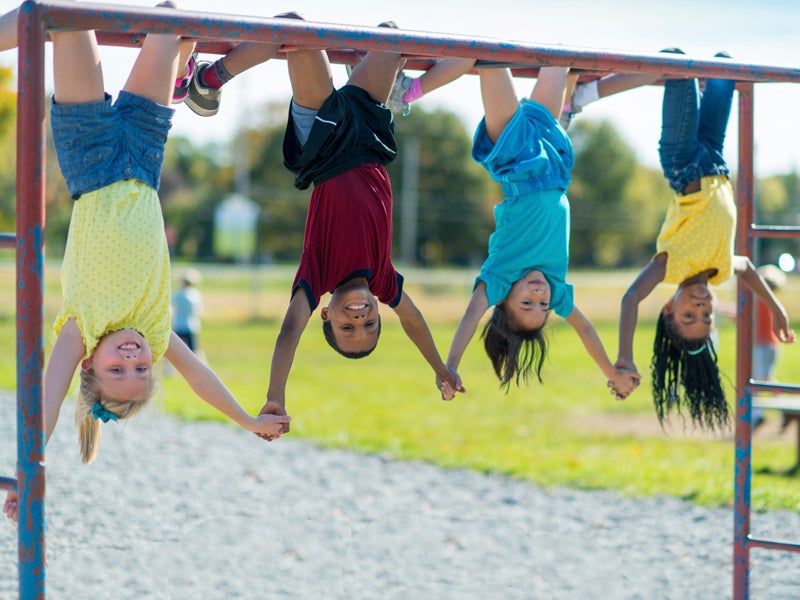Back To School Asthma Update
As another school year begins, asthma triggers in the classroom like dust or chemicals, new sports routines and back-to-school jitters can bring on kids' asthma attacks.

This page was published 10 years ago. Find the latest on Earthjustice’s work.
This is a guest post by Molly Rauch from Mom's Clean Air Force. Rauch is a mom who lives and works in Washington, D.C. As Public Health Policy Director for Moms Clean Air Force, she builds relationships with public health organizations and develops alliances and partnerships with them.
It’s back to school time in our household, and that’s a good thing. My kids are excited to get to know their new teachers, hang out with friends and decorate their cubby nametags. As for me, I’ve tried to lay the groundwork for a good start to the school year, with a new chore chart and earlier bedtimes.
But if you are among the millions of families who have a child with asthma, back-to-school time can be much more serious. There may be asthma triggers at the school like dust or chemicals, a new sports routine for your kid, and back-to-school jitters—all of which can bring on asthma attacks.
Another thing that can trigger asthma attacks: Smog pollution. Smog can worsen asthma, interfere with lung development and increase lung infections. Smog makes people sick, particularly those with asthma and lung conditions. Smog is particularly dangerous for children since they are still growing and spend more time outdoors.
Smog is formed in the atmosphere when heat and sunlight reacts with industrial pollution. Although there are naturally occurring smog precursors in our air, the bulk of this dangerous pollution comes from manmade sources like cars or industrial facilities. In other words, we create it, which also mean that we can prevent it. If we can prevent something that exacerbates asthma, we can help all the kids suffering from air pollution triggers: coughing, wheezing, trips to the doctor and sick days.
Right now, the EPA is considering strengthening protections from smog pollution. The Clean Air Act requires that the EPA update its smog standard to take into account the latest science. Healthcare providers, public health professionals and other health experts agree: The current smog standard is too weak to protect our kids’ lungs. A stronger smog standard would prevent nearly 1 million asthma attacks every year, and up to 1 million missed days of school. It would also help parents, who have the right to know whether the air is safe to breathe.
But polluting industries are pushing back, claiming a more stringent standard will hurt the economy. As usual, the facts do not back them up. Since 1970, the Clean Air Act has helped reduce pollution levels—of smog, soot, carbon monoxide, nitrogen oxides, sulfur dioxide and lead— by more than 60%, and the economy has nearly tripled.
More than 7 million children have asthma; that's one in ten children. I am lucky that my kids are not among them, but I see the impacts everywhere. The nurse at my children’s school has resorted to a wall full of over-the-door shoe organizers to handle the dozens of inhalers she needs to keep track of. She places asthma medications and action plans in all of those clear pockets where shoes would otherwise be stored. Parents are worried about forms to fill out, medications to update and emergency procedures. And asthma plays a role in how much children learn: Asthma is one of the leading causes of missed school days.
Asthma affects our communities outside of school, too. At baseball practice, the inhalers are there. At soccer practice, they are there. Kids are dealing with this disease in every town, on every playing field, on every block. Parents are dealing with this disease as they plan after-school activities, as they budget for healthcare costs, as they count their vacation days. They wonder how weekend recreation choices, and even family vacations, will impact the little lungs in their households.
So here’s a goal for this school year: the strongest possible smog standard. It will help children breathe better and learn better. For this mom, that beats a cool cubby nametag any day.